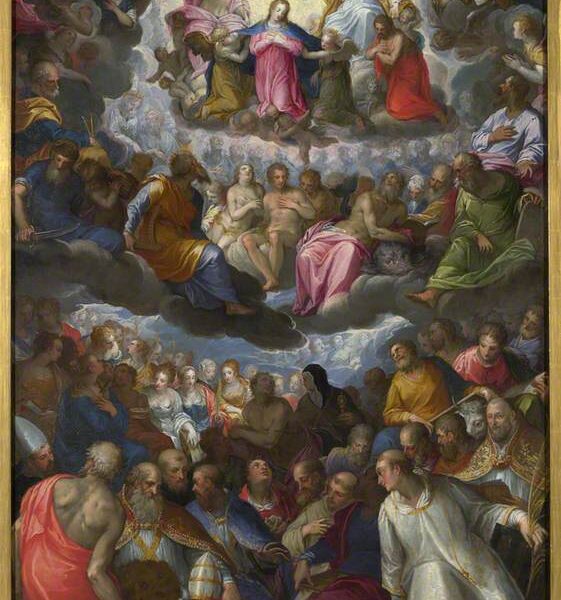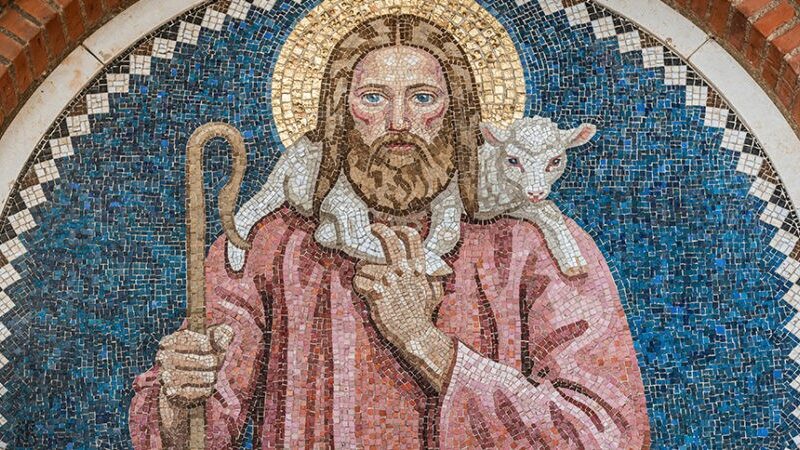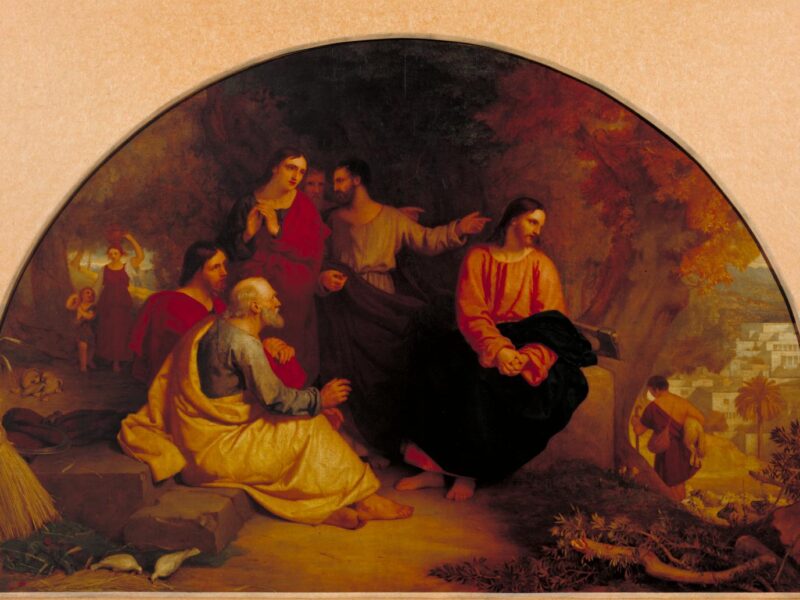
The Nativity in Art: Light and Glory, Joy and Sorrow

Giotto di Bondone (c. 1267-1337) is a painter of great significance and one of the most important innovators in developing what was to become the distinctively Western style. As the first Western artists successfully to make use of early natural perspective, he set Western European art on a course that would definitively separate it from its Byzantine counterpart. For the first thousand years of Christianity, Western and Eastern art remained very similar, with a Byzantine style heavily influenced by the mosaics of ancient Greece and Rome. This Byzantine style did not seek to produce a natural perspective in its depiction of sacred events. Instead the Byzantine tradition developed a deliberately distorted perspective that seemed to push the image out into the space immediately in front of the panel icon, an extraordinary achievement that creates a visual space into which the one venerating is welcomed. Giotto however, informed by his architectural training, sought to use the recently discovered understanding of human vision to develop a new method. Medieval scientists had realised that the human eye distorts its image of the natural world so that lines which are in fact parallel seem to converge in the distance. By making these converging parallel lines the structure of the painting, Giotto was able to create the illusion of natural 3D space on a 2D canvas, something which surely must have struck its original viewers as miraculous. Nonetheless, in his depiction of the Nativity we see a painting that is still far closer to an Eastern icon than the other painting we will consider, the Nativity at Night by Geertgen Tot Sint Jans, painted only about 150 years later. The pace of change in this period is simply breathtaking.
Giotto’s take on the Nativity is full of deep theological symbolism. He uses the presence of the ox and ass, created by tradition’s speculation upon the animals that may have been present in the manger, as the figures of the Old and New Testaments. With their gaze of adoration they stand in contrast to those who will not see the greatness of this Child before them, something which the Blessed Virgin, with her sad and longing look, seems to anticipate. Her act of giving the Christ child points to the terrible sorrow that she will come to know at her son’s passion and crucifixion. Giotto depicts the nativity as a scene of intense human drama, capturing the serenity of the sleeping Joseph, the joy of the angels, and the sombre Virgin.

By the time Geertgen Tot Sint Jans painted his Nativity around 1480-1490, the use of natural perspective had developed to a highly sophisticated art form, something that can be seen at first glance. The figures in the foreground really do seem to be there around that manger, whilst the angel and the shepherds in the distance appear to be exactly that, in the distance. The use of light is what must surely strike even the casual viewer of this charming and moving image. It could well be said to be an artistic expression of the theology of St. John’s Gospel, with the Christ child as the light which has come into the world. Although he is a tiny baby, the Christ child totally dominates the image, he is the only source of light in the manger, where men and women, the angels and the beasts, come to adore him and bask in the glorious rays that stream from his body. This is the adoration of the Christ child understood as a kind of beatific vision, for to see Jesus is to have seen the Father. The light of the angel who addresses the shepherds on the hill seems like the moon to the child Jesus’ sun, a pale reflection that seems to indicate that even this angelic light has its source in the God-Man. The figures of Our Lady and St. Joseph are full of tender emotion, the pious posture of his mother in particular indicating that she has given birth to a person of completely different order from herself and her husband, a Divine Person. Like Giotto’s painting, this lovely panel arranges the figures in a manner that is highly charged with meaning, both bringing out their distinctive approach by the variation between them. By contemplating these prayerful reflections on the Nativity we are given a means to know and love God better, through the work of his servants whose talents he deigned to bestow upon them.


